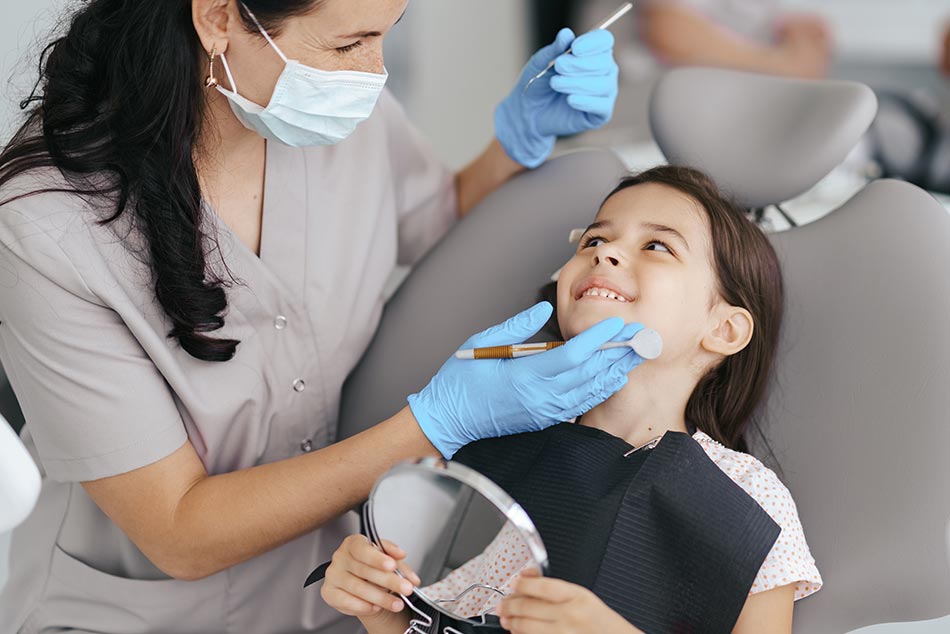Some primary (or baby) teeth will be in your child’s mouth until age 12. The tooth that needs to be fixed may be one of those.
Broken teeth or teeth that are infected can hurt your child’s health and the way your child feels about him or herself.
To do a filling, the dentist removes the decay and “fills” the hole with metal, plastic or other material. A filling can be a cheap and easy way to fix a problem that could be painful and cost more later because it stops decay from spreading deeper into the tooth.
If a filling is not done and decay spreads, a root canal treatment with or without stainless steel crowns may be recommended or else, the tooth may need to be pulled out. If this happens, your child may need a space maintainer to hold space for the permanent tooth.
When a baby (or primary) tooth is missing, the teeth on each side may move into the space. They can block the permanent tooth from coming in. To hold the space, your dentist may put a plastic or metal space maintainer on the teeth on each side of the space, to keep the teeth from moving in.






